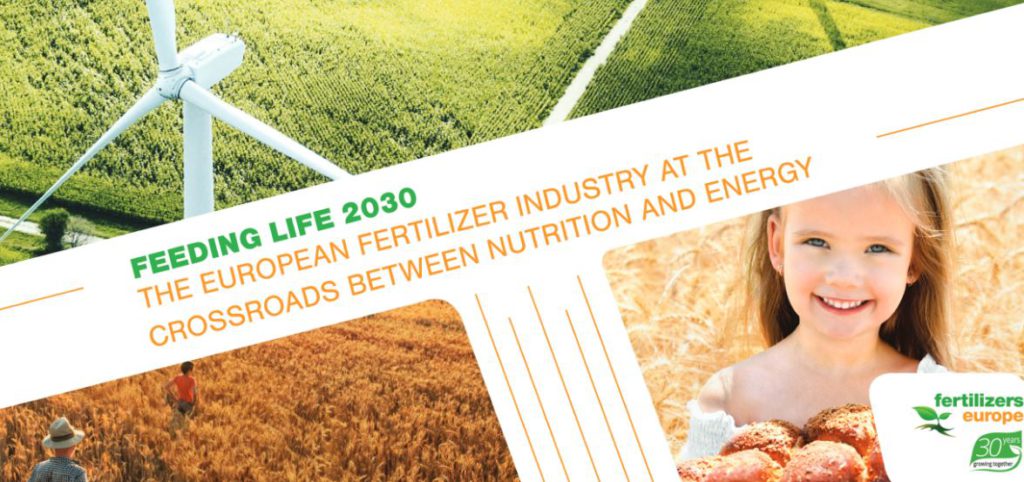
The European Fertilizer Industry at the crossroads between nutrition and Energy
by Jacob Hansen,
Director General, Fertilizers Europe
Over the past 6 months, the European Commission has made two important proposals.
On 1 June 2018 the European Commission presented its legislative proposals for the future of CAP after 2020. Based on nine objectives and with an increased focus on environment and climate, the intention of the European Commission is to encourage the transition towards a more sustainable agricultural sector and the development of vibrant rural areas.
Moreover, on 28 November 2018 the European Commission published its future strategy vision entitled: “A Clean Planet for all: A European strategic long-term vision for a prosperous, modern, competitive and climate neutral economy”. With the latter, the European Commission states its ambition for a climate neutral economy by 2050, aiming to take a global lead in the climate agenda.
What do all these developments mean for the industry and what kind of challenges and opportunities emerge?
What is the future role of our sector in the context of the European Union’s ambition to lead sustainable agricultural production and to maintain a strong industrial base while moving towards a decarbonised society?
THE VISION OF THE EUROPEAN FERTILIZER INDUSTRY TO 2030
Parallel with this, Fertilizers Europe has undertaken an extensive exercise to look into the future of the fertilizer industry, to identify the main trends and developments and to take a conscious and well-thought position on the role European fertilizer industry will play in some of the key societal challenges. From dialogues with key stakeholders, like the agri-food sector, NGOs, academia as well as internal discussions, a picture emerged where the fertilizer industry lies at the crossroads between nutrition and energy. Mineral fertilizers already now feed about half of the global population and they will continue to play a key role in ensuring food security in the future while at the same time reducing its environmental footprint. From the energy side, ammonia, the building block for all mineral nitrogen fertilizers, can be used as an excellent energy carrier and can play an integral role in the transition towards a low carbon economy.
The Vision of Fertilizers Europe for 2030 is an attempt to answer the question of how to produce enough nutrients for the plants that are needed by a growing global population, in a more energy and environmentally efficient way, while at the same time helping find solutions to other societal challenges such as meeting the growing demand for cleaner energy and better use of resources.
This Vision falls in two parts, the way fertilizers are used and the way they are produced, and it translates in two key messages: “Applying more knowledge per hectare” from the agriculture perspective and “Taking on challenges” from the industrial perspective.
Read the full article published in Fertilizer Focus Magazine.